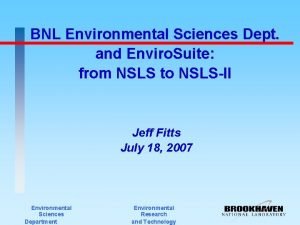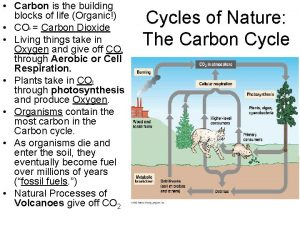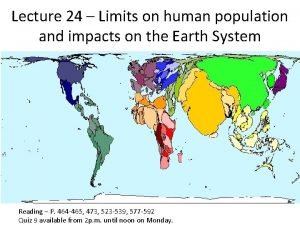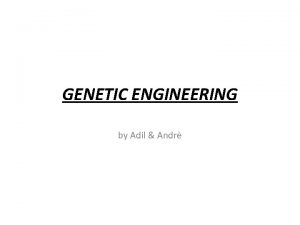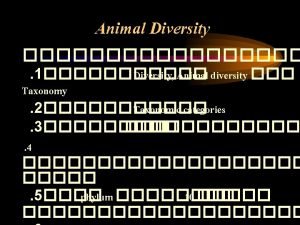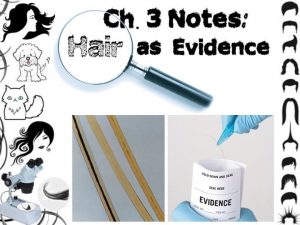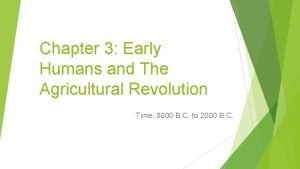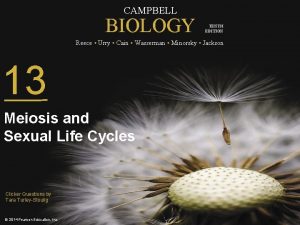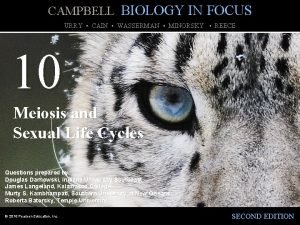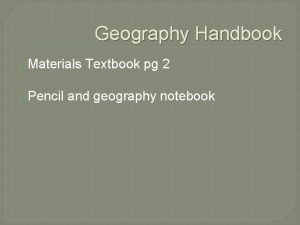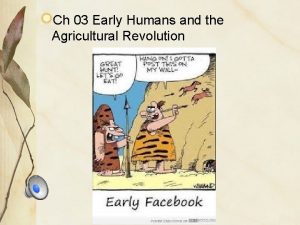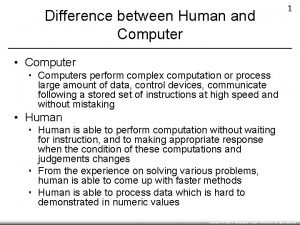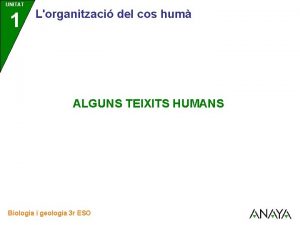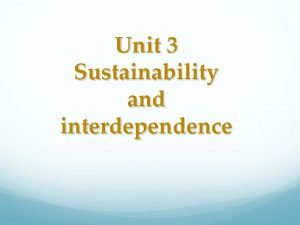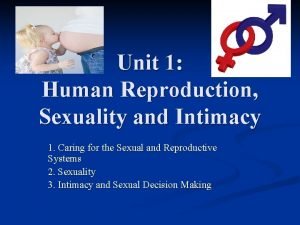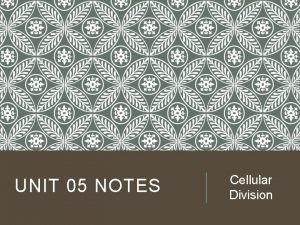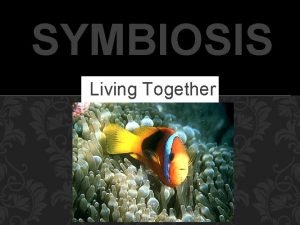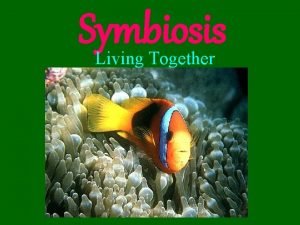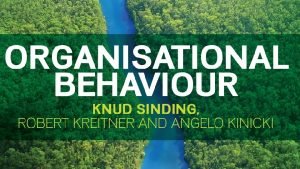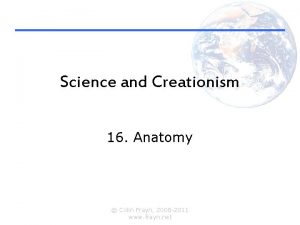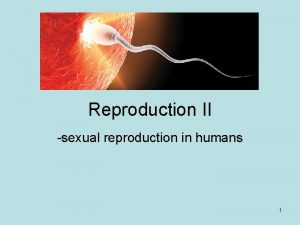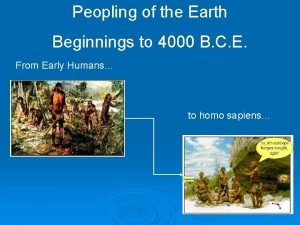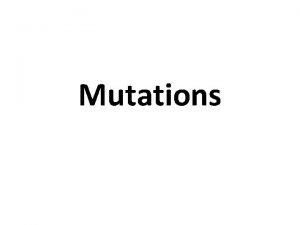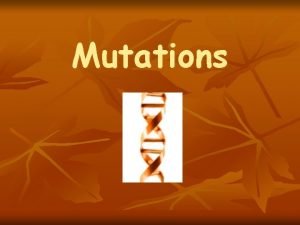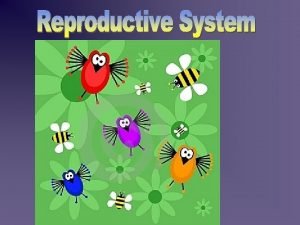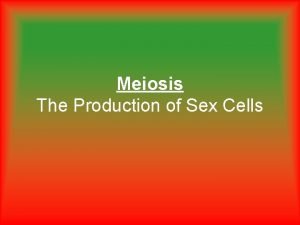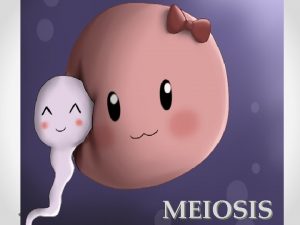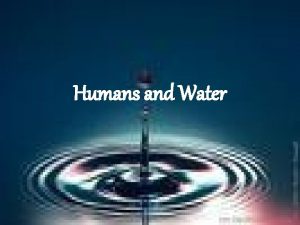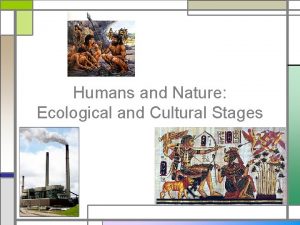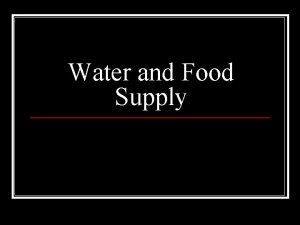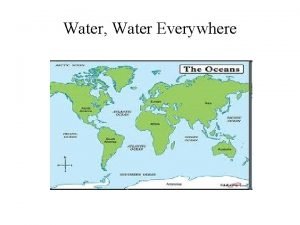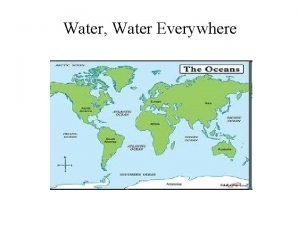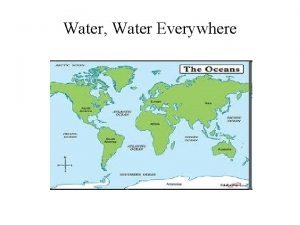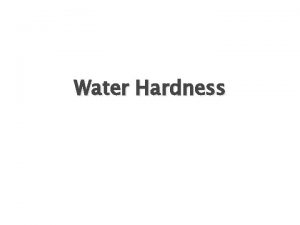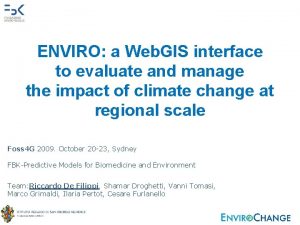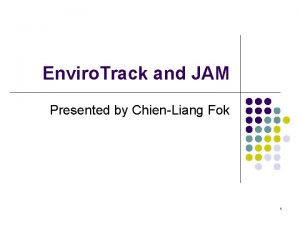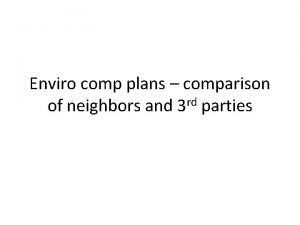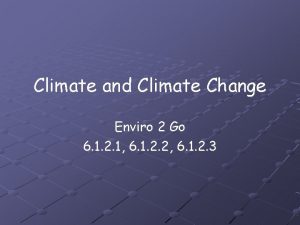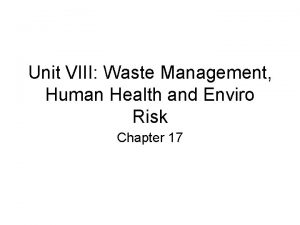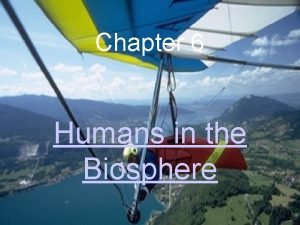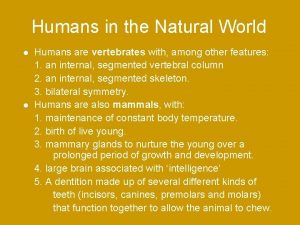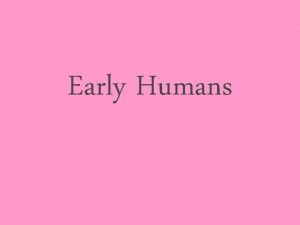Humans and Water Enviro 2 Go 6 3




































- Slides: 36

Humans and Water Enviro 2 Go 6. 3. 2. 1, 6. 3. 2. 2, 6. 3. 2. 4, 6. 3. 2. 6

Humans and Water Objectives: Explain why fresh water in one of Earth’s limited resources. Describe the relationship between groundwater and surface water in a watershed. Identify how water is used in homes, industry, and agriculture. Describe water management practices. Identify ways that water can be conserved. Compare point source pollution and non-point source pollution. Explain groundwater pollution. Explain eutrophication

Humans and Water Important Vocabulary: • • Surface water Watershed Groundwater Aquifer Recharge zone Irrigation Canals Dams • • Desalination Point Source Pollution Non-point Source Pollution Runoff Eutrophication Thermal Pollution Wastewater

Global Water Distribution • 71% of the Earth’s surface is covered with water • 97% of Earth’s water is salt water • 77% of fresh water is frozen in glaciers and polar ice caps

Surface Water • Freshwater is found in lakes, rivers, streams, and wetlands • Watershed – the area of land that is drained into a body of water

Groundwater • Most freshwater available for human use comes from groundwater • Groundwater is stored beneath the Earth’s surface in rock formations • Rain percolates through the soil and into the rock beneath it to recharge the groundwater supply

Aquifers • Aquifers are underground formations that contain groundwater • The water table is the upper boundary • Aquifers consist of rock, sand, and gravel that have spaces where water accumulates

Aquifers, cont. • Recharge zone – the area of the Earth’s surface where water percolates down into the aquifer • Well – a hole that is dug or drilled to reach groundwater

Ogallala Aquifer • One of the largest known aquifers in the world – holds about 4 quadrillion liters of water • Supplies about 1/3 of all groundwater used in the U. S. • Water is used for irrigation in the Midwest • Water is being withdrawn 10 – 40 times faster than it is replaced • Conservation methods are being promoted to protect the Ogallala Aquifer

REMEMBER THIS!!! • Only 3% of the world’s water is freshwater! • Most freshwater for human use comes from groundwater! • In some areas, water from aquifers is being withdrawn faster than it is being replaced!

Questions? ? ? Question 1: What is the main source of water for human use? Question 2: The area of land drained by a river is known as a ________. Question 3: What is the largest known aquifer in the U. S. ?

Water Use and Management • Industrial • Agricultural • Residential 19% 67% 8% • Differs from one country to the next • U. S. uses more than other countries – Example: U. S. uses about 300 liters of water a day; India uses about 41 liters

Industrial Use • Used to: – Manufacture goods – Dispose of waste – Generate power/cool power plants Example: Calvert Cliffs Nuclear Power Plant pumps water from the Bay, carries the water through pipes to use during energy production before it is sent to a cooling tower, and then pumps it back into the Bay

Agricultural Use • Irrigation – method of providing plants with water from sources other than precipitation – Example: overhead sprinklers, water filled ditches - It can take nearly 300 L of water to produce one ear of corn - As much as 80% of the water used evaporates and never reaches the roots

REMEMBER THIS!!! • The U. S. uses much more water than many other countries! • Agriculture uses the most water! • It takes hundreds of gallons to produce food because crops must be irrigated!

Water Management Projects • • Canals, man-made rivers, supply water to dry areas Dams – Positive Aspects include: 1. 2. 3. 4. Creates Reservoirs; lake that forms behind the dam – can be used for recreational purposes Controls flooding Supplies potable (safe to drink) water Generation of electricity – Drawbacks: impedes fish migration for spawning; fewer nutrients downstream; expensive to build

Water Conservation • Drip irrigation system – reduces evaporation • Recycling cooling water in power plants • Things you can do to conserve water: – – – Take shorter showers Low-flow shower heads and toilets Turn off water while brushing teeth Wash only full loads of laundry Water lawns late in the day to reduce evaporation

Solutions for the Future • Transporting water – ships tow enormous plastic bags full of fresh water to areas that don’t have a lot of fresh water • Desalination – process of removing salt from salt water • Both are expensive solutions • CONSERVATION

REMEMBER THIS!!! • Dams can be used to create electricity, provide recreation, potable water, and control flooding! • There are many simple things you can do to conserve water! • Water conservation is the best way to ensure that people have enough water in the future!

Questions? ? ? Question 4: What are three major uses of water? Which uses the most water? Question 5: List three benefits of a dam. Question 6: List three ways you can conserve water.

Water Pollution • Water Pollution may be chemical, . physical, or biological agents that enter into water and degrades the water quality as well as adversely affects the organisms that depend on the water.

Point-Source Pollution • pollution discharged from a single source - you can POINT at the source Example: From a pipe Example: Smokestack Example: Tailpipe

Non-point Source Pollution - comes from many sources - often in the form of runoff

Groundwater Pollution • Pollutants enter groundwater when polluted water percolates down from the Earth’s surface • Saltwater can enter groundwater when water is removed from an aquifer

Eutrophication • Overabundance of nutrients builds up in the water causing algal blooms • SAV below dies due to lack of sunlight • Decomposers use up the oxygen in the water as they eat the SAV causing other aquatic organisms to suffocate and die • Process is accelerated with the addition of detergents (phosphorus) and fertilizers (phosphorus and nitrogen) – called “artificial eutrophication”


Other Water Pollutants • Thermal pollution – temperature of the water increases due to human activities – can change the ecosystem and kill aquatic organisms • Oil spills – responsible for only 5% of oil pollution in the oceans; most other oil pollution comes from non-point sources on land • Wastewater – water that contains waste from homes or industries


REMEMBER THIS!!! • Point Source pollution comes from a single source! • Non-point Source pollution comes from many sources in the form of runoff. • Saltwater can enter an aquifer from excessive pumping of groundwater! • Eutrophication may cause dead zones that are initiated by excessive nutrients being added to an aquatic ecosystem!

Questions? ? ? Question 7: Describe point source pollution. Question 8: Provide an example of non-point source pollution. Question 9: Artificial eutrophication is caused by excess __________ and ________. Question 10: Where does most oil pollution come from?

TEST YOURSELF: True or False ___ 1. Examples of groundwater are lakes and rivers. ___ 2. A watershed is the area of land that is drained by a river. ___ 3. Low-flow shower heads use excessive amounts of water. ___ 4. Runoff is an example of non-point source pollution. ___ 5. Artificial eutrophication is caused by excess runoff of phosphorus and nitrogen from detergents and fertilizers.

Test Yourself Matching ___ 1. Groundwater ___ 2. Aquifer ___ 3. Point source pollution ___ 4. Eutrophication ___ 5. Desalination ___ 6. Non-point source pollution ___ 7. Irrigation A. Underground storage facility for water composed of rocks and gravel B. Process of removing salt from salt water C. Caused by an abundance of nutrient in the water D. Method of providing plants with water from sources other than precipitation. E. Pollution from many sources F. Pollution from one identifiable source G. Water beneath the Earth’s surface

Test Yourself Fill in the Blank Conserve Phosphorus and nitrogen Recharge zone Fish migration Well Surface water 1. Eutrophication is caused by excess ____________ in water. 2. The best way to ensure fresh water supplies for the future, is to ___________ water. 3. The area of Earth’s surface where water percolates down into the aquifer is called the _____________________. 4. Groundwater is pumped to the surface through a hole that is dug or drilled, called a _________. 5. Fresh water on Earth’s land surface is called _____________. 6. One downfall of a dam is the interruption of_____________ that interferes with the spawning of fish.

Test Yourself Answer the Following 1. Where is most of the Earth’s freshwater found that humans use? 2. Describe how groundwater is brought to the Earth’s surface. 3. Why does it take so much water to grow one ear of corn? 4. What are possible solutions for the future to ensure that people have enough water? Why are we not using these solutions more?

Test Yourself Answer the Following 5. What is the difference between point source and non-point source pollution? 6. How can saltwater enter groundwater supplies? 7. Describe the process of eutrophication.

THE END!!!
 Water and water and water water
Water and water and water water Excellent enviro laboratory and research centre
Excellent enviro laboratory and research centre Enviro suite
Enviro suite Introduction of transport
Introduction of transport How do humans affect the water cycle
How do humans affect the water cycle Carbon is the building block of life
Carbon is the building block of life Keelingcurve
Keelingcurve Research on the pros and cons of genetic engineering
Research on the pros and cons of genetic engineering The taxonomy of the domestic dog and humans
The taxonomy of the domestic dog and humans Genetic modification pros and cons in humans
Genetic modification pros and cons in humans Largest part of the hair shaft in humans
Largest part of the hair shaft in humans Early humans and the agricultural revolution
Early humans and the agricultural revolution Privet shrubs and humans each have a diploid number of 46
Privet shrubs and humans each have a diploid number of 46 Privet shrubs and humans each have a diploid number of 46
Privet shrubs and humans each have a diploid number of 46 What is the relationship between humans and the environment
What is the relationship between humans and the environment Early humans and the agricultural revolution answer key
Early humans and the agricultural revolution answer key What is difference between human and computer
What is difference between human and computer Rumus fwa dan dwa
Rumus fwa dan dwa Teixits humans
Teixits humans Inbreeding in humans pictures
Inbreeding in humans pictures Nickname
Nickname A sexual reproduction in humans
A sexual reproduction in humans How many chromosomes do humans have
How many chromosomes do humans have Family genus species
Family genus species Commensalism examples in humans
Commensalism examples in humans Commensalism examples in humans
Commensalism examples in humans How humans behave in organisations
How humans behave in organisations Gill pouches in humans
Gill pouches in humans A sexual reproduction in humans
A sexual reproduction in humans Lytta virus humans
Lytta virus humans Peopling of the earth
Peopling of the earth Highest speed a human can run
Highest speed a human can run Predation examples
Predation examples Helpful mutation
Helpful mutation Inside ovary diagram
Inside ovary diagram How many chromosomes does a human have
How many chromosomes does a human have Meiosis in humans
Meiosis in humans


